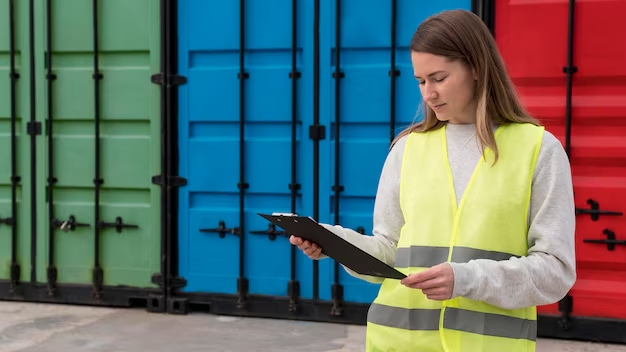What is the Difference Between LTL and FTL Freight Shipping?


“Which one should I pick?” You’ve got a shipment. Maybe it’s a dozen pallets. Maybe it’s three. Maybe your boss just dropped a last-minute order on your lap and said, “Get it there by Thursday.” And now you’re staring at two options: LTL or FTL. Great. Acronyms. Love those.
First, real quick: what do they even mean?
LTL = Less Than Truckload
You’re sharing the truck with other shippers. Think of it like carpooling for pallets.
FTL = Full Truckload
You get the whole truck. No sharing. No stops. Just your stuff, going point A to point B.
Sounds simple, right? Well… kind of. But not really. Let’s get into it.
1. How big is your shipment?
(Not a trick question, I promise.) Here’s the deal:
- Got 1–6 pallets? Maybe up to 4,000–5,000 lbs? That’s LTL territory.
- Filling 20–26 pallets, or maxing out that 40,000 lb capacity? That’s FTL, hands down.
- In the awkward middle? Welcome to the “grey zone” of freight. We'll talk about that.
Real talk: Don’t guess. Carriers hate surprises. So do receivers. Measure. Weigh. Check if it’s stackable. (And don’t just say it is—make sure it actually is.)
2. How fast do you need it there?
FTL is faster. No debate. Why?
Because once the truck is loaded, it’s rolling. No detours to drop off someone else's oddly-shaped engine parts. No waiting while someone forgets a dock appointment. LTL is… slower. It’s got stops. Transfers. Maybe even a cross-dock detour. (That’s where damage can happen, by the way—especially if your crate is fragile.) If it’s urgent, fragile, or time-sensitive (or all three), FTL wins. Every time.
3. What’s your budget?
Ah yes. The fun part.
- LTL is cheaper—if you’re only sending a few pallets. You're not paying for a whole truck, after all.
- FTL costs more upfront, but becomes more cost-effective per unit once you’re close to filling the trailer.
Here’s a scenario:
You’re shipping 10 pallets from Chicago to Atlanta. LTL gives you a nice quote. But then you add another 4 pallets. And another. Suddenly, that LTL quote jumps—and now it’s more than an FTL.
Tip: Always price both. Even if you think you’re small-load. FTL might surprise you.
4. How delicate is your cargo?
Let’s be blunt: LTL freight gets handled a lot. Forklifts, conveyor belts, loading docks—your stuff sees it all. If it’s packed tight and built like a tank? You’re probably fine. But if it’s fragile, sensitive to tilting, or clearly hates being touched? Go FTL. Minimize the hands. Reduce the risk. (We once watched a flat-screen TV come off an LTL trailer looking like a pretzel. Never again.)
5. Accessorials, surcharges, and "what the heck is that fee?"
LTL comes with a lot of fine print:
- Liftgate? Extra.
- Residential delivery? Extra.
- Limited access location? You guessed it—extra.
FTL is cleaner. One rate, generally. Fewer surprises. Unless you change the plan last-minute… then, well, yeah.
So, when do you use what?
Go with LTL if:
- You’ve got small loads
- You’re flexible on delivery time
- You want to save money and don’t mind sharing space
Go with FTL if:
- You need speed
- You have a full load (or close to it)
- Your cargo needs a “no-touch” ride
Still stuck in the middle?
There’s actually a third option: Volume LTL or Partial Truckload. It’s like LTL’s big cousin—cheaper than FTL, but without all the constant unloading. Not every carrier offers it, and it’s a bit of a Wild West sometimes… but it’s there. Ask around. Good freight brokers know how to play that game.
Bottom line?
Don’t just look at the acronyms—look at the big picture:
- What are you shipping?
- How fast does it need to move?
- How fragile is it?
- And yeah… what’s the budget?
And if you’re still unsure? Ask someone who’s been through it. (Spoiler: that’s us.) Happy shipping. May your pallets arrive intact and on time.

